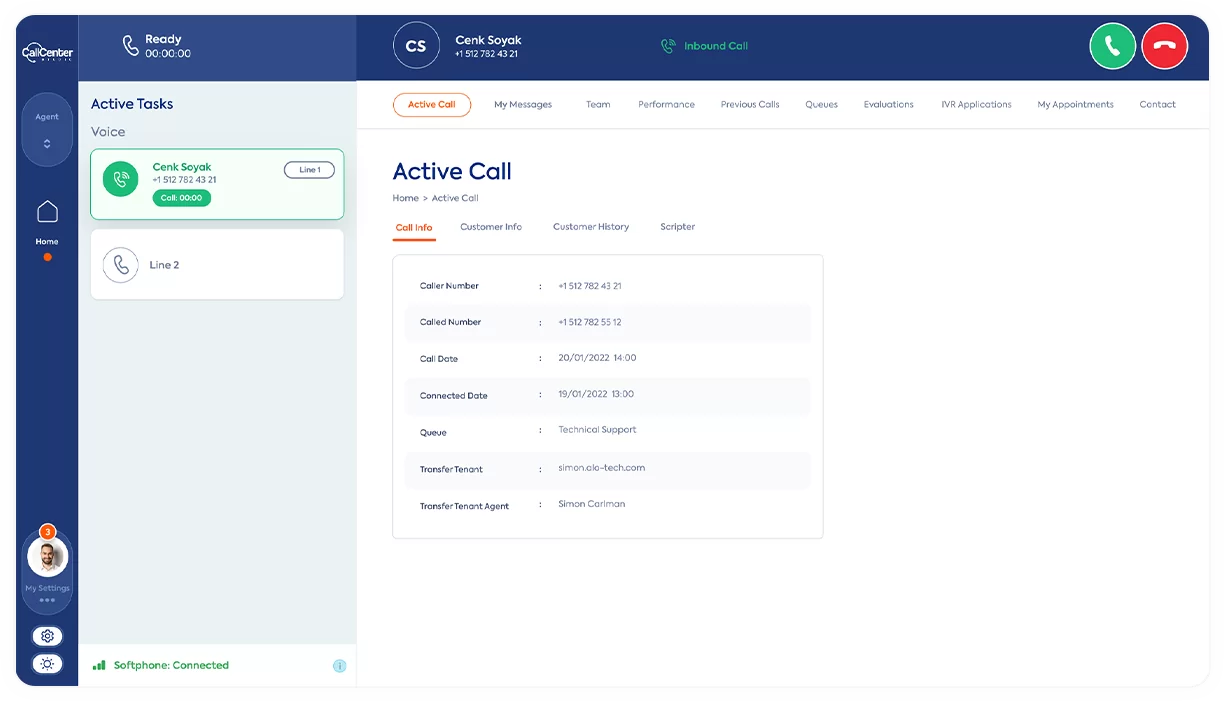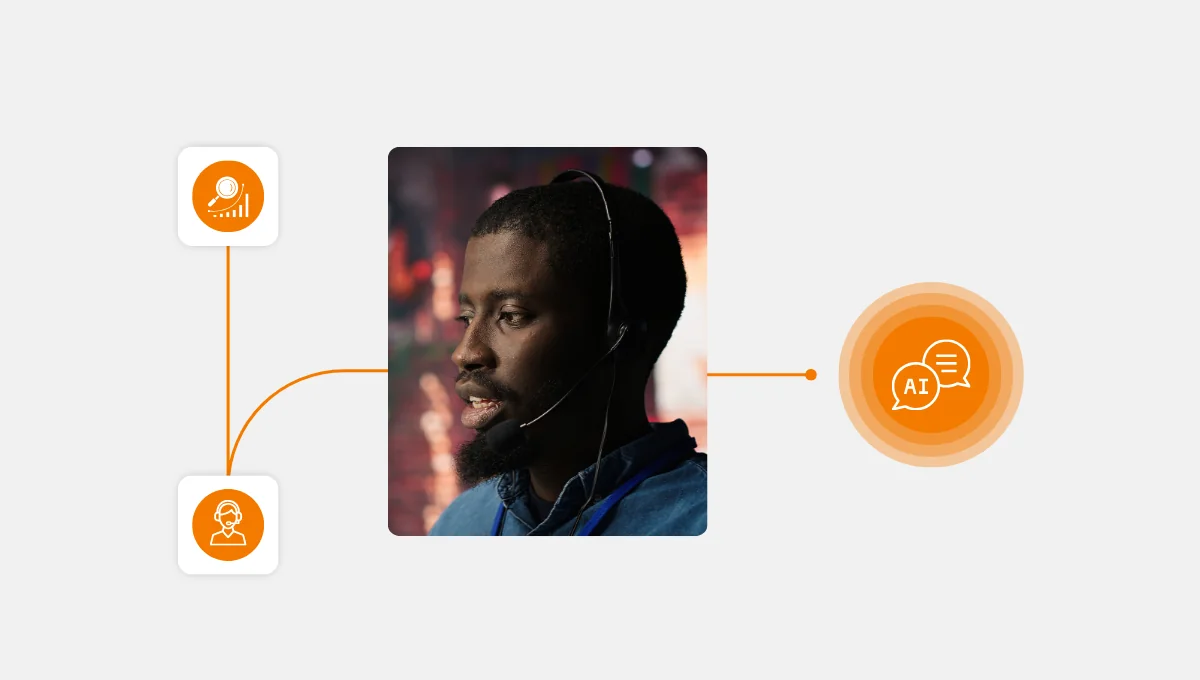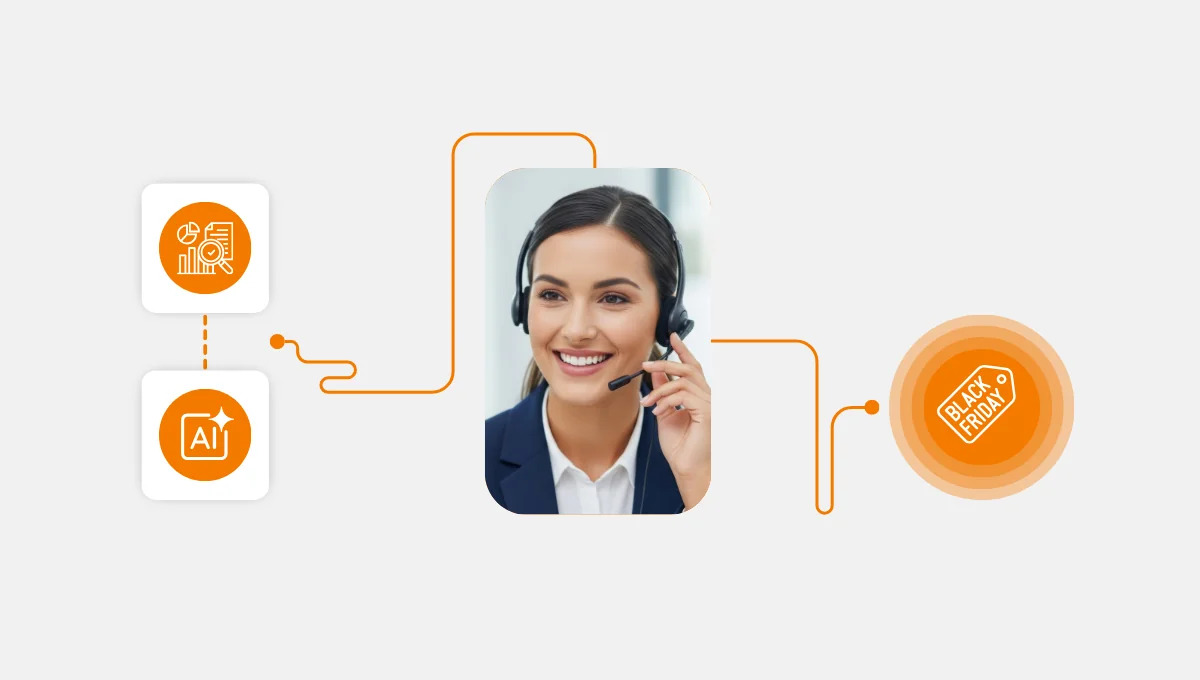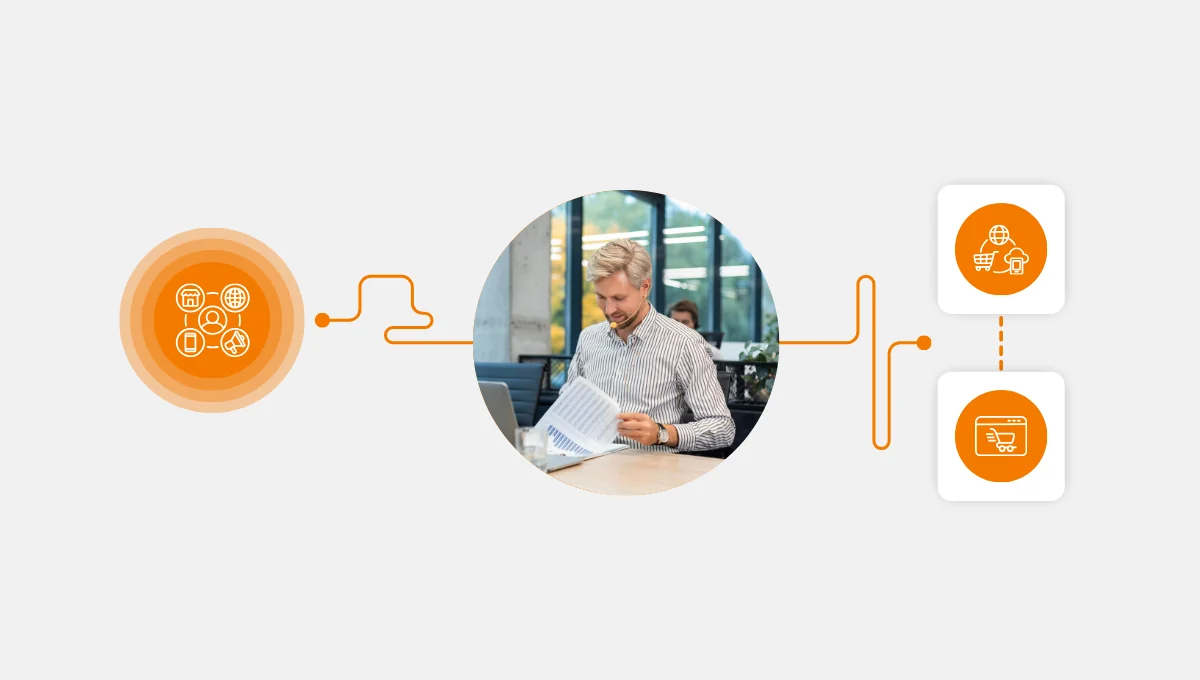Before we dive into the how-to of proactive customer service and outbound calls, a quick framing: when done right, this approach transforms your contact centre from reactor to proactive partner. It is less “we’ll wait until you call us” and more “we’ll reach out because we care (and because we see something that matters).”
Let’s walk through how proactive outbound calling can elevate service, nip issues in the bud, and deepen customer loyalty. And then see how a platform like Call Center Studio enables this at scale.
Why proactive outbound calling matters
1. Enhancing customer service by reaching out first
Traditionally, contact centres sit back and wait for customer-initiated calls (inbound). But with proactive outreach and outbound calls, you flip that script: you initiate the conversation. That shift alone signals to customers that you’re attentive, invested.
According to studies, outbound contact operations allow brands to engage, inform or check in, and that can materially raise satisfaction and customer retention.
For example:
- A customer recently purchased or used a service, an outbound “how’s it going?” call can surface early friction (confusion onboarding, unexpected use case) before it turns into a complaint.
- A renewal or subscription‑service nearing expiration? Your team proactively reaching out avoids the “oops, I didn’t know” moment and instead gives “we’re on your side” vibes.
That kind of proactive outreach builds a service mindset rather than simply a reactive “help desk”.
2. Resolving issues before they escalate
One of the hidden costs of reactive service is issues that fester until they reach flash-point: frustrated customer, public complaint, churn risk. Outbound calls allow you to intercept:
- Ask short check-in questions (e.g., “Are you noticing anything odd with X?”)
- Offer remediation or guidance before the customer calls with frustration
- Identify patterns (via AI analytics) of customers whose metrics suggest risk (usage drop, service error, misconfiguration) and proactively contact them
The benefit? Less escalation, fewer inbound surge moments, fewer “one big angry call” moments. Proactive customer service is cheaper (and better) than firefighting.
3. Strengthening loyalty through meaningful interaction
It’s not just about reaching out, it’s about how you reach out. If the conversation is scripted, aloof, or transactional (“we’re calling because we can”), you won’t get loyalty. But if it’s data-driven, personalized, helpful, then you build trust.
Outbound calls let you:
- Demonstrate you know the customer (their product, their issue history)
- Show you’re monitoring their experience, not just when they complain
- Provide value (advice, pre-emptive fix, relevant offer) rather than just a sales pitch
And when customers feel valued and anticipated, they stick around. Data shows higher customer retention when companies engage proactively rather than simply waiting.
4. Supporting broader growth and service strategies
Beyond just “good service,” proactive outreach ties into strategic goals:
- Retention: Reaching out to customers before issues cause churn.
- Upsell/cross‐sell: When you know a customer is ready (via usage drop or service plateau) you can reach out appropriately.
- Feedback & innovation: You use outbound calls to collect insights that feed into product/service improvements.
So outbound campaign management doesn’t live in a silo; it becomes part of your growth engine.
How to do proactive outbound well (so you don’t become “annoying tele‑marketing”)
Here are some best practices (no jargon, just what works):
- Contact prioritization: Identify high-value customers, those with risk signals (usage drop, support cases), recent onboarding, etc. Don’t blanket call everyone equally.
- Use data & personalize: Before the call, know the customer’s history. What product, what issues, what recent changes…Because agents should reference that.
- Add value: The call should aim to help (check status, guide, fix), not just sell. If it’s purely sales, you lose trust.
- Timing matters: Reach out when you have something useful to say, like after a major release, before renewal, or when support patterns shift.
- Measure & iterate: Use AI analytics to learn which scripts, segments, and timing work best. Track outcomes, not just “calls made” but “issues prevented,” “customer satisfaction,” “churn avoided.”
Making it real: How Call Center Studio empowers your outbound strategy
Let’s turn theory into action via a platform built for this: Call Center Studio. Here’s how it enables your team to do proactive outreach the smart way.
Contact prioritization
Call Center Studio lets you rank and filter your customer base by signal usage drop, high-value account, recent issue, or complaint. That means your agents don’t just dial a list but they engage the right list. The result: better ROI on calls and fewer wasted touches.
Intelligent call routing
When you reach out proactively, routing the call to the right agent matters: someone with the right skill, language, and account history. Call Center Studio supports intelligent call routing so the agent who speaks to the customer is best positioned
AI-powered contact center insights
By leveraging CX Insights and AI analytics, Call Center Studio looks across your call volume, transcripts, support history, and customer usage to identify patterns:
- which customers are likely to churn
- which ones have unresolved issues behind the scenes
- what issues are trending and might affect a segment
That insight means your outbound campaign management isn’t “spray and pray” — it’s predictive customer engagement at scale.
Real-time reporting
If you’re doing proactive customer service, you need to know what’s working. We provide dashboards in real-time reporting: how many calls, how many issues discovered/resolved, impact on satisfaction, conversion/retention outcomes. You can pivot mid-campaign if you see the numbers.
The bottom line: each call drives satisfaction + loyalty
With these tools, your outbound campaign management shifts from “we made 500 calls” to “we identified 35 at-risk customers, we resolved 20 issues, and we increased customer retention by X%.” It becomes measurable, strategic, and aligned with your mission of long-term customer loyalty, not just quick wins.
Recap (over coffee)
In short, proactive customer service through outbound calls is not a throw-away strategy—it’s a powerful lever for customer experience optimization and customer loyalty.
When you reach out first, you show your customers that you see them, you care, and you’re on top of things. You resolve issues before they fester, you deepen the relationship, and you align with broader goals of customer retention and growth.
But doing it well means doing it smart: segmenting customers, using meaningful data, and adding value in the conversation.
And that’s where a call center software platform like Call Center Studio comes in:
- The contact prioritization,
- Intelligent call routing,
- AI-powered contact center capabilities, and
- Real-time reporting makes the difference between “just calls” and “meaningful, data-driven customer interactions.”






